Apple on Wednesday announced its most profitable second quarter in company history, and held a financial conference call with analysts and members of the media. Several notes of interest from the now concluded call follow:
Apple regional business segments
Apple Americas accounted for 884,000 Mac shipments and $3.268B in revenues. These figures are up 46 percent and 32 percent year-over-year. Sequentially, shipments are up 5 percent with revenue down 24 percent.
Apple Europe accounted for 627,000 Mac shipments and $1.78B in revenues. Both these figures are up 45 percent and 43 percent year-over-year, but down 11 percent and 28 percent sequentially.
Apple Japan accounted for 118,000 Mac shipments and $424M in revenues. These figures have increased by 49 percent each year-over-year, as well as 30 and 6 percent sequentially.
Apple's Asia Pacific (and FileMaker Inc), billed as "Other Segments," accounted for 202,000 Mac shipments and $589M in revenues. These figures are up significantly, by 67 percent and 74 percent year-over-year. Sequentially, unit shipments rose 13 percent in the Asia Pacific regions with revenue decreasing 20 percent.
Apple's "Other Music Related Products and Services" segment accounted for $XXM in revenue. The figure represents a x percent year-over-year increase and a x percent sequential lift to Apple's results.
Apple's "Peripherals and Other Hardware" added $881M in revenue, representing a 35 percent growth year-over-year and 9 percent sequentially.
Apple's "Software, Service and Other Sales" segment accounted for $529M in revenue, an upward climb of 53 percent year-over-year but a 16 percent drop sequentially.
Apple's Mac business
Apple sold 856,000 desktops during the quarter and 1,433,000 notebooks. The figures signal Mac shipment increases of 37 and 61 percent for each category year-over-year. Notebook shipments climbed sequentially by 7 percent, while desktops decreased by 12 percent from quarter to quarter.
Macs accounted for 59 percent of total revenue. At an increase of 51 percent year-over-year, this growth was more than 3.5 times the market growth rate, according to IDC forecasts; this is even higher than the 2.66 times growth Apple has enjoyed in the recent past.
Revenue in the quarter was driven primarily by the Mac.
MacBooks and MacBook Pros both saw strong sales. There was equally strong demand for the iMac, plus an increase in sales of the Mac Pro.
The MacBook Air launched successfully, and customers have responded "very well" to the ultraportable design.
Educational Mac unit growth was 35 percent, the highest of any quarter in the last eight years. The company overtook Dell last year in portable sales.
Apple is worried a little bit about institutional budgets, but with 35 percent growth in the quarter hasn't seen anything to suggest a downward trend.
There are 3 to 4 weeks of Mac channel inventory.
Mac OS X Leopard revenues were just over $40 million. While a drop from the launch quarter's $170 million, this still represents the bestselling Mac OS X release in history, according to Apple.
iLife and iWork are entering their third quarter of sales and are so on the decline.
The MacBook Air was "constrained" most of the quarter, but by the end of March was in a near-ideal supply balance.
Apple repeated its first quarter observations on the demographics of MacBook Air purchasers, saying that it appealed to college professors, students, and frequent travelers.
Cannibalization of other MacBook lines by the Air is said to be low.
Apple's Apple TV and iPhone businesses
Apple sold 1,703,000 million iPhones during the quarter and earned about $378 million.
Total deferred revenue from Apple TV and iPhone was $1.93B.
Over a third of companies in the Fortune 500, and over 400 higher education institutions, have applied for iPhone developer status.
More than 200,000 people have downloaded the SDK.
Apple beat its own internal expectations for iPhone sales during the quarter, which resulted in the ongoing shortage. Inventories in US Apple stores was particularly spotty due to large numbers of iPhones being bought with an intention to unlock and resell. The company expects this to continue and sees it as a signal of strong global demand.
Apple is working very hard to roll out the iPhone to more places in Europe and Asia during the year.
Apple's 10 million-unit iPhone sales goal for 2008 includes unlocked devices.
The iPhone 2.0 software is coming in "late June." This is the first time Apple has offered a more specific timeframe for the update.
All iPhone customers will get the 2.0 software for free, whether they bought before or after the SDK announcement.
However, revenue for all iPhones sold after March 6th (the announcement date) will be deferred until after the software ships. The company reasons that every prospective buyer is aware of the upcoming software and may be influenced in their purchases.
Guidance for shipments has factored the iPhone's supply levels into the balance.
International carriers are free to price iPhones as low as they wish, Apple says. The company however won't give more detail on which companies in the relationship absorb the price drops instituted by European carriers.
American iPhone supply was low both at retail and in the channel. Apple disagrees with assertions that it mismanaged shipments by allowing overstocks in Europe while the US runs low.
Unsurprisingly, Apple won't comment on whether it will keep a 2G iPhone alongside any future 3G model. The company won't comment on "unreleased products."
Apple's Retail business
Apple's retail stores combined to sell 458,000 Mac units and generate $1.451B in revenues during Apple's fourth fiscal quarter, representing yearly growth of 67 percent in units and 74 percent in revenue. Sequentially, the retail segment produced a 9 percent decline in units and a 15 percent decline in revenue.
53 percent of retail computer buyers are new to the Mac.
Retail operating profits doubled to $334 million.
Over 580,000 hour-long personal training sessions were delivered during the quarter.
Australia, China, and Switzerland will be receiving new Apple stores.
Apple has a total of 208 stores open, and still plans to open a total of 45 in fiscal 2008. This is up slightly from earlier forecasts.
With an average 205 stores open over the period, an average store's revenue was $7.1 million, up 48 percent year over year.
There were 33.7 million visitors total to all of Apple's stores, up 57 percent year over year.
The Best Buy project ended with a little under 400 stores hosting Apple products, with a target of 600 by the summer.
Traffic in retail stores was up 12 million people year over year.
Apple's iPod and iTunes businesses
Over 10,644,000 million iPods were shipped this quarter.
iPod channel inventory remains on track at 4-6 weeks of inventory.
According to NPD, the iPod's share of digital media players gained in almost every market for which the researchers have data, resulting in 73 percent of the US market.
The iTunes Store has 50 million customers and over 85 percent marketshare in the US, according to Nielsen.
iPod shuffle sales were down until the price cut, which triggered a resurgence.
iTunes makes up a larger proportion of Apple's business this quarter versus the last.
The financial side of Q2
Operating margins were higher than expected at 17.5 percent, mainly due to higher than anticipated revenues and gross margins.
Apple held $19.4B in cash as of quarter's end, and generated $4B in cash during the last two quarters. The company has "no comment" on what it plans to do with the cash.
Much of the gross margin decline in the quarter was due to Leopard sales falling off from a historically strong first quarter on the market, as well as a drop-off in other software sales. This was also accounted for by the iPod shuffle's price cut, and international price cuts that reflect changes in currency value.
Apple's next (Q208) fiscal quarter
Apple is targeting $7.2B in revenue, gross margins of 33 percent, and earnings per share of exactly $1.
Commodity prices on flash and DRAM hit historical lows, and should remain that way for the current quarter. The LCD market is in a supply-and-demand balance, as are most other commodities such as hard drives. These should all follow historical pricing trends, and this is all factored into management's guidance.
Apple sees a sequential increase in Mac shipments for the June quarter as the educational buying season begins. The quarter typically skews towards K-12, which often buys at lower average sales prices, while the September quarter is weighted towards higher education and higher prices.
The company declines to comment on its plans for recently acquired PA Semiconductor.
 AppleInsider Staff
AppleInsider Staff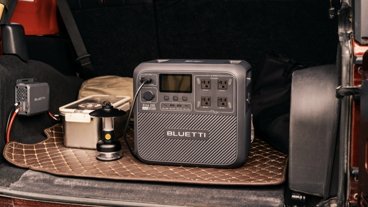

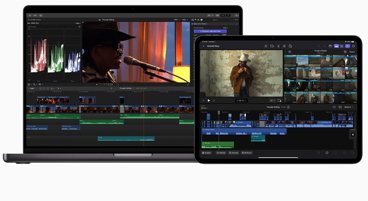
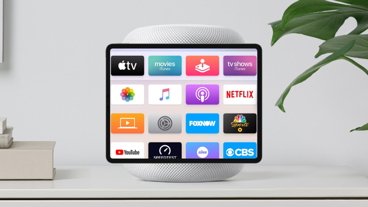









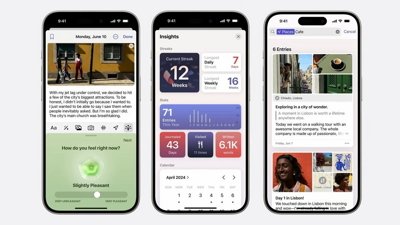
 Charles Martin
Charles Martin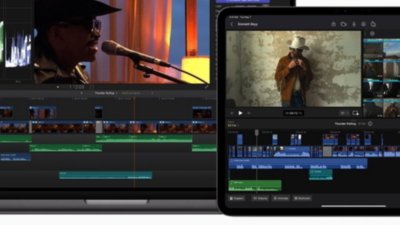
 Marko Zivkovic
Marko Zivkovic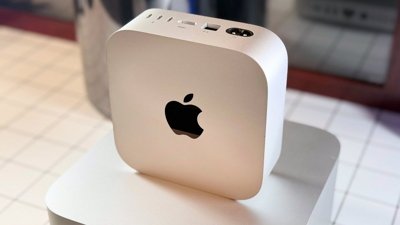
 Mike Wuerthele
Mike Wuerthele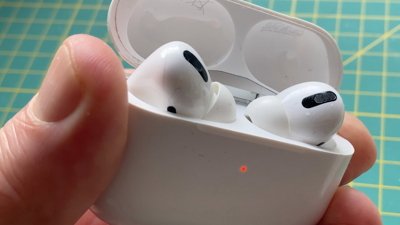
 Malcolm Owen
Malcolm Owen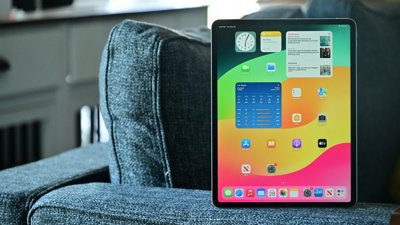
 Andrew Orr
Andrew Orr
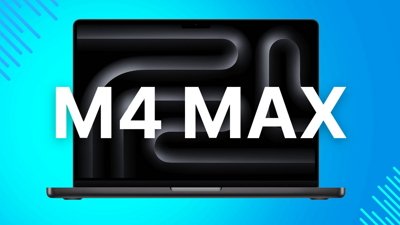
 Christine McKee
Christine McKee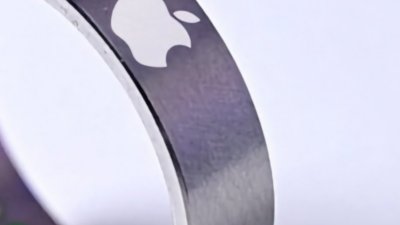
 William Gallagher
William Gallagher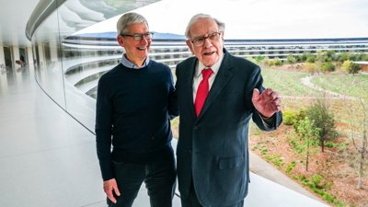
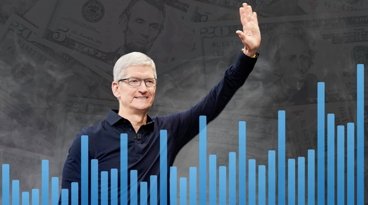







37 Comments
Is it just me or is the page not autorefreshing?
Over a third of companies in the Fortune 500, and over 400 higher education institutions, have applied for iPhone developer status.]
WOW!
Is it just me or is the page not autorefreshing?
Yep, it is not auto refresh. I am listening to the conference call live though on Apple.com
Yep, it is not auto refresh. I am listening to the conference call live though on Apple.com
Fixing... Sorry, was set to 600 seconds instead of 90, my bad.
K
Fixing... Sorry, was set to 600 seconds instead of 90, my bad.
K
Thank you